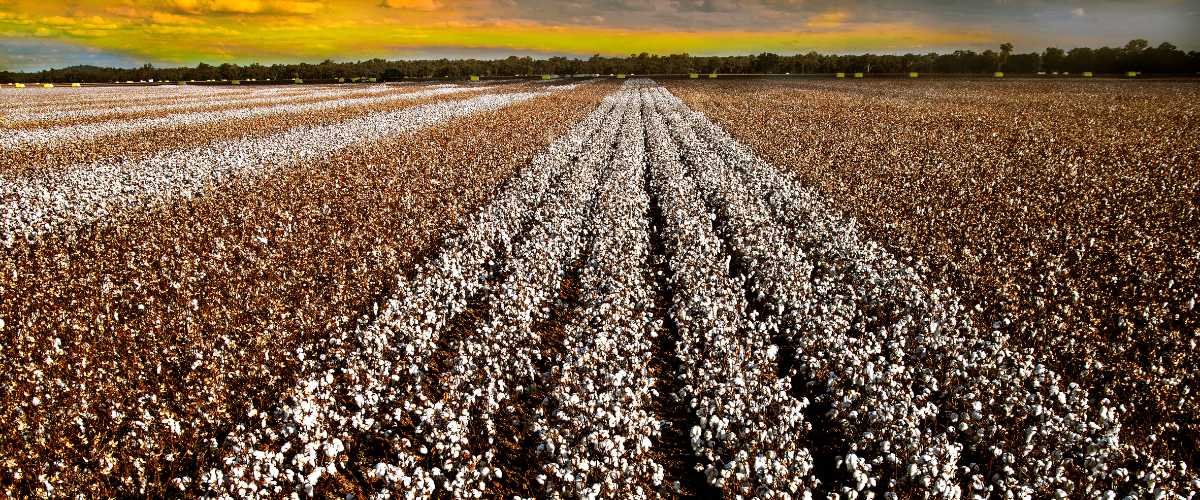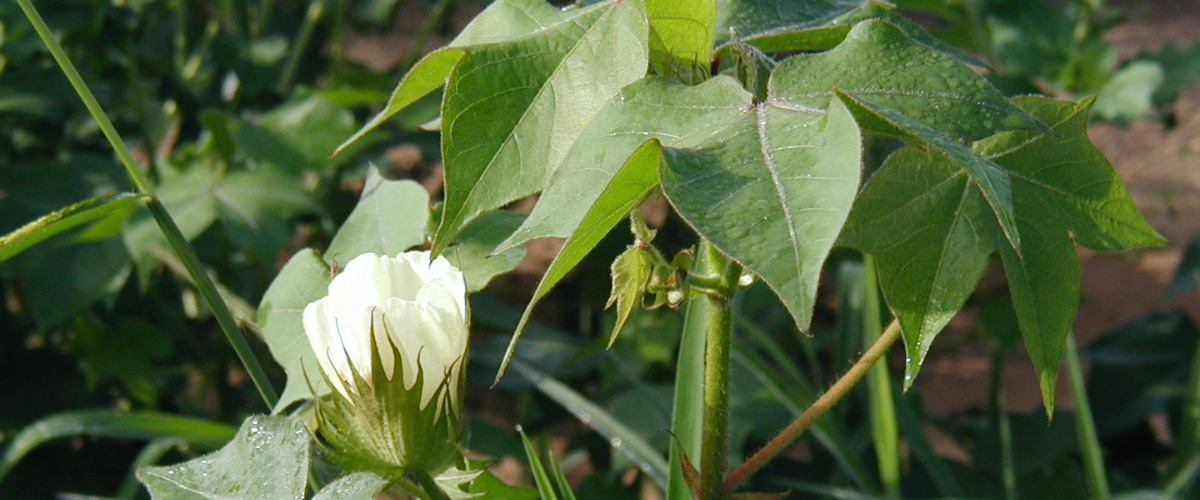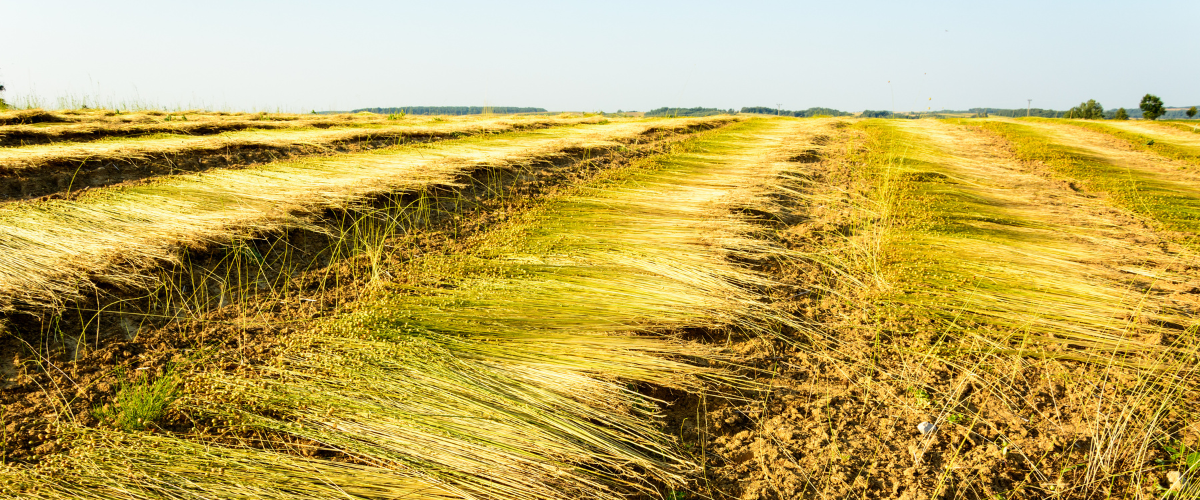Our process
We consider ourselves as a sustainable clothing company, but the term 'sustainable fashion' is used frequently, and not everyone is on the same page as to what the definition is. Sustainable fashion is only starting to be legally defined in recent years, and therefore the lines are blurred. Targets, promises and findings within the industry are self-defined and reported; therefore, the fashion industry has a lot of greenwashing. Furthermore, it is important to note that the industry is competitive, with low margins, and offering a well-made item at a competitive price might not keep you in business.
Therefore, in the spirit of transparency, we would like to share our thought processes and actions. We highlighted four important pillars to us.
DESIGN
We aspire to design high-quality, well-fitting clothing that is versatile in nature. Pieces that can be worn from day to night, informal to formal. We consider every detail. Our designs are focused on longevity and we do not encourage short-lived trends. Our designs are classic with a contemporary edge.
We go through multiple rounds of sampling to get to the desired fit. We then make more samples in multiple sizes to ensure it fits real bodies (not just traditional model sizes).
We produce clothing in as many sizes and proportions as economically viable. We hope to grow with your appreciated support.
FABRIC
We predominately select fabrics from natural resources. In other words, fabrics that come directly from plants and animals such as cotton, linen, hemp, and flax. We love natural fibers because they function well when worn and usually offer the most comfort to the wearer. Natural textiles are biodegradable, therefore, they can break down faster with bacteria and living microorganisms.
When selecting natural fibers we will always do our best to use the organic version, such as organic cotton. If we do not select organic fabrics, we will select a fiber that does not need much or any fertilizer and irrigation, such as linen. Organic fabrics are grown without the use of synthetic fertilizers and pesticides.
Regenerated fabrics (also called Semi-synthetic) excite ATTE! This category includes, but is not limited to, viscose, rayon, Tencel, lyocell, cupro, and acetate. There is a lot of research and development being done in this category. High-quality regenerated fabrics mimic the look and feel of natural fibers while lowering, or even eliminating, the cons of some fibers (such as scratchiness and wrinkles). Poorly made or low-quality regenerated fabrics do not last long as they wear-and-tear, are made with the use of harmful chemicals, can cause deforestation, and have an overall negative impact on the environment. Although we do not create with these fibers yet, when we do, we will opt for the closed-loop version (meaning chemicals are reused). We will also select fabrics created by companies that share our values and offer higher quality materials.
The use of Synthetic fabrics is increasing every year. Examples of these fabrics are polyester, nylon, spandex, and acrylic. It is usually inexpensive and offers unique design elements. Therefore lowering the cost to the producer and consumer. That being said, synthetic fabrics' production, use, and waste management undoubtedly harm our planet. On the other hand, synthetic fibers add comfort to the wearer because it allows the fabric to stretch, and crease less. These fibers allow the fit of a garment to be more forgiving. At ATTE we acknowledge both the positive and the negative sides. If and when we start using synthetic fibers in the fabrics that we use, we will use them sparingly, meaning that we will include small amounts in fabric blends. A small percentage of synthetic fibers in a fabric blend can offer comfort and some of the synthetic benefits while keeping the negative impact low.
THE HANDS & TALENT BEHIND ATTE (LABOR)
We keep as much as we can in-house because we have a passion to create. This also reduces the cost of producing the clothing.
The designs are all created by the founder, Beate.
Further development and adjustments, for production standards, are by Stitch Texas, based in Austin, Texas.
The production team, Lefty Productions Co., based in Los Angeles, California ensures that production takes place under the laws and standards of the State of California and the United States of America.
Our fabric is supplied by Kendor Textiles Limited, based in BC, Canada. We are happy to work with their level of standards and innovation.
Other raw material suppliers based in the USA include Zipper & Thread, Tags R Us, Noissue and Guide Fabrics.
Packing and shipment supplies are all recyclable (some even compostable) and made from recycled material.
Packing and shipment all happen in-house. We do not have a brick-and-mortar location yet, therefore keeping overheads low.
Our head office is powered by solar energy.
We are proud to support as much of the local American economy as we do, and plan on continuing to do so.
YOU THE WEARER
We believe that we provide you with more information and details from design, fabric choices, manufacturing, and care than the average shopping experience.
We ensure that the fabrics we select are easy to care for at home.
We hope that you will wear our items for many seasons, and find that they are versatile enough for you to re-style them in many ways.
If you follow us on Instagram (we are @atte.store) we will continue to share as we did here.
If you want to learn more, would like styling ideas, or want to know more about Beate's style journey on YouTube, please subscribe to the channel to follow along.
If you have any questions, comments, or wishes, please reach out to us.
Resources for further learning
https://goodonyou.eco/
https://www.fashionrevolution.org/
https://eco-age.com/
The True Cost, 2015, Documentary




